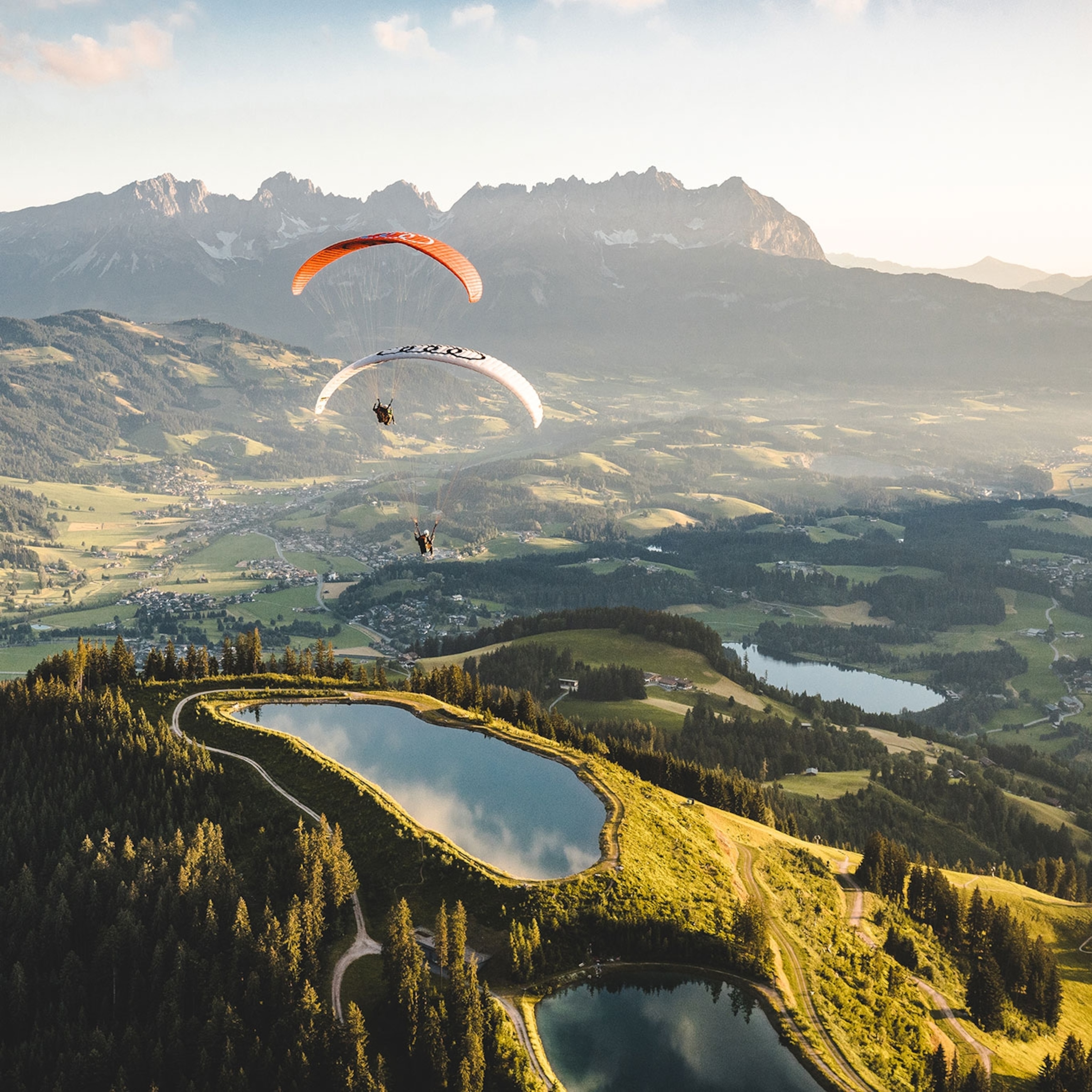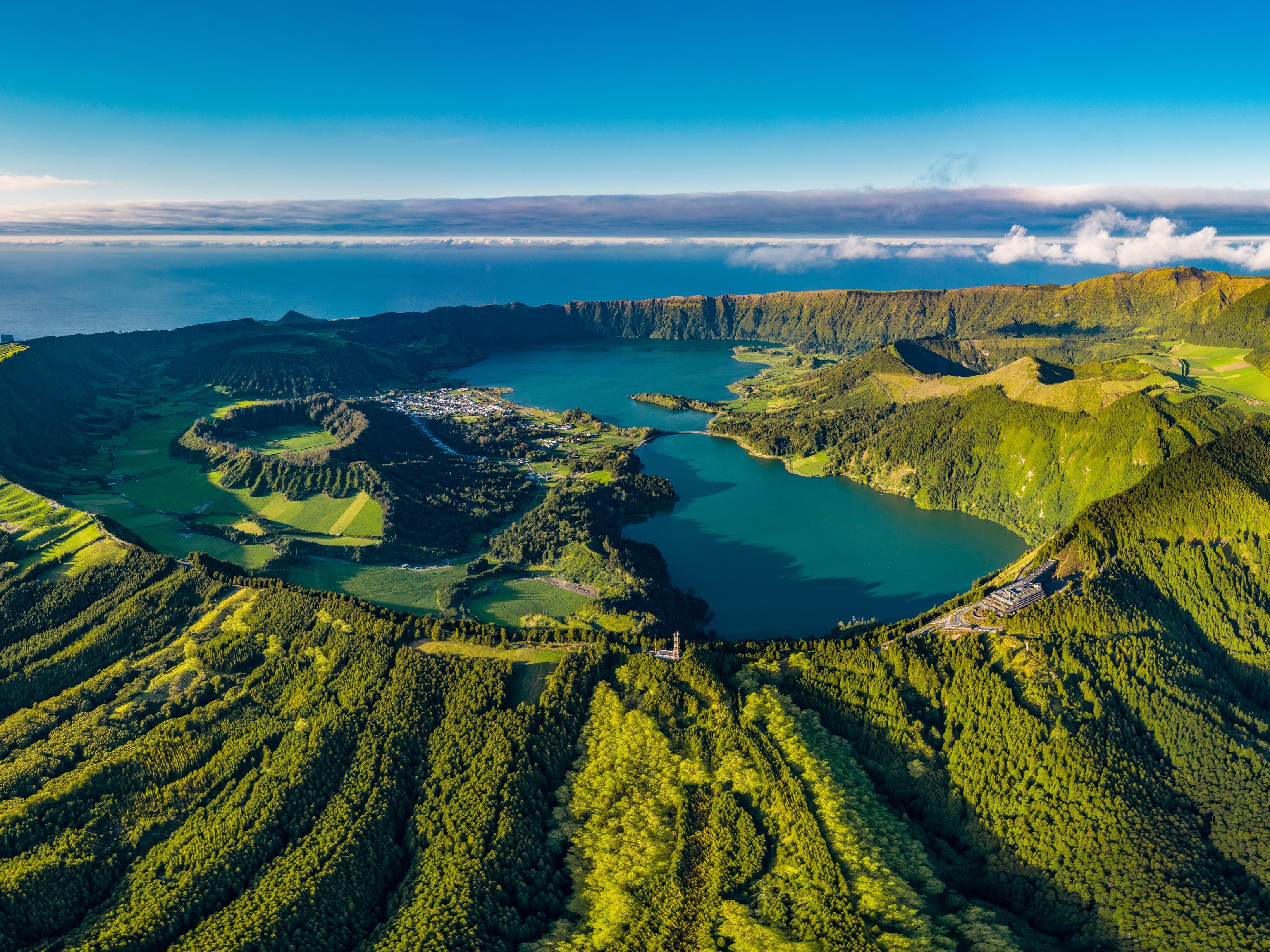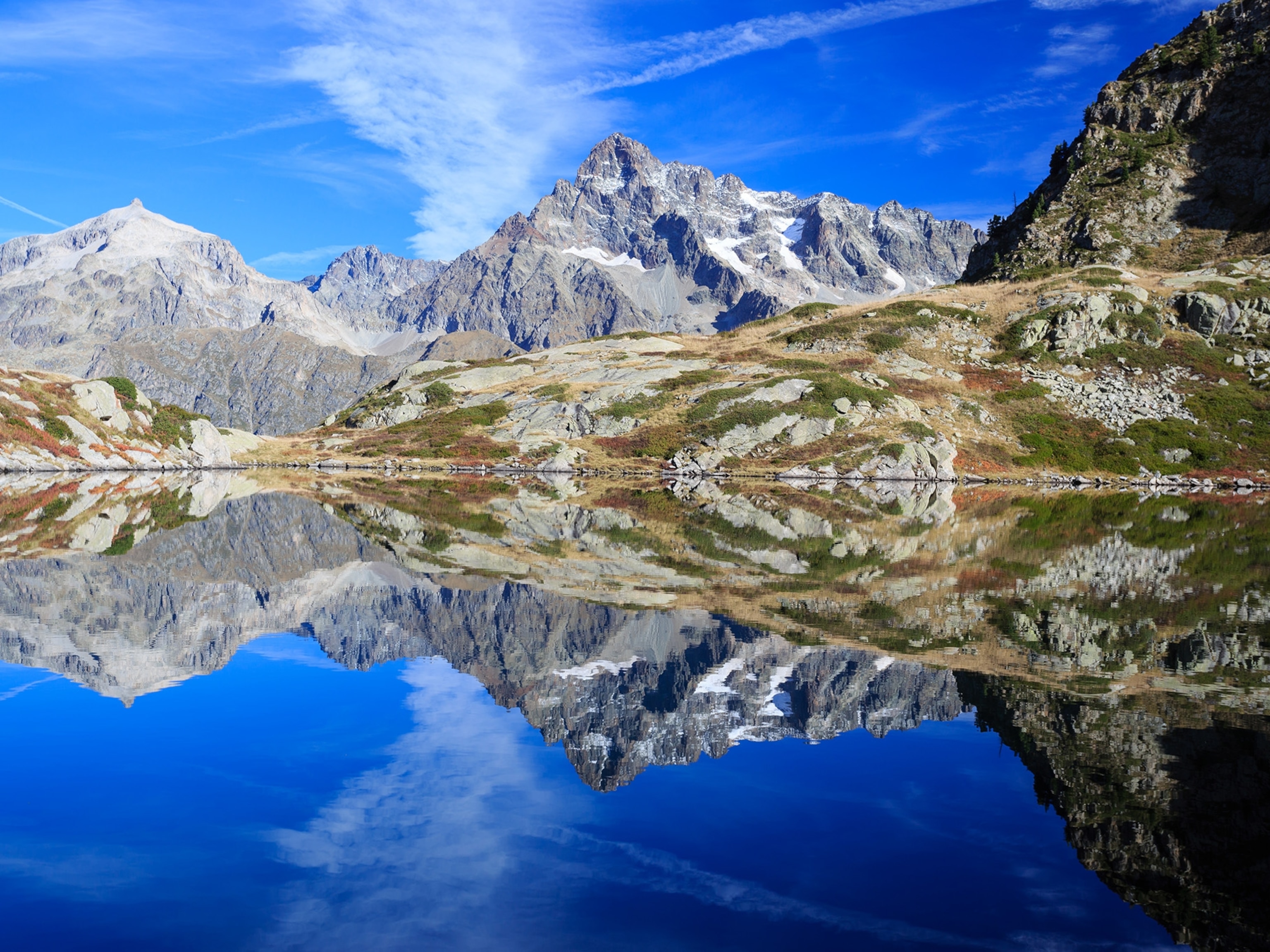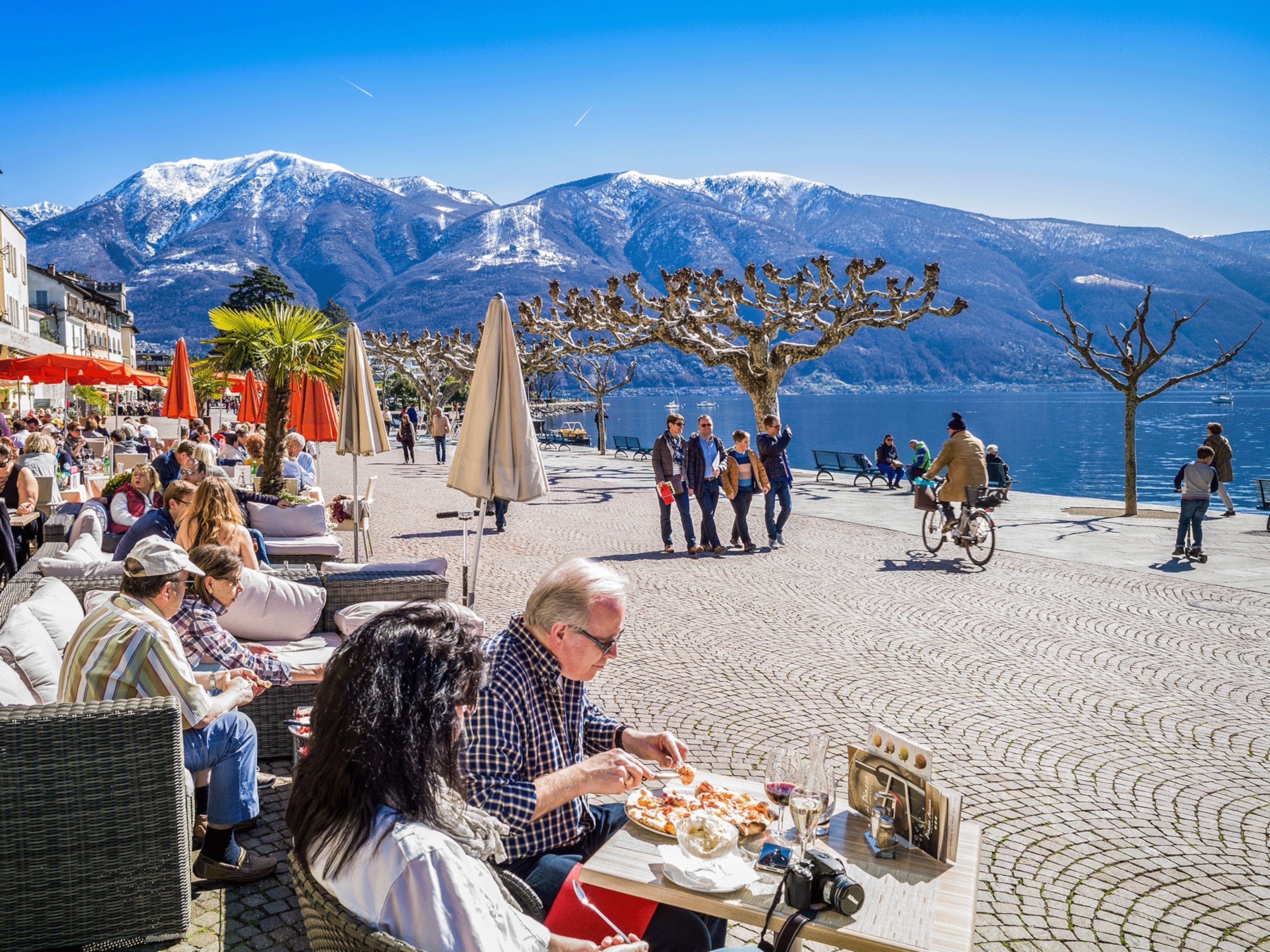
Across the Alps: on a trek from Bavaria to the Tyrol
A trek through the Eastern Alps from Bavaria via Austria to Italy’s South Tyrol offers high-altitude hikes, heady views and a parade of peak-top castles.
We’ve come to the end of the line. Three hours after leaving Munich, our train rolls into Füssen, reaching a final halt at buffers, behind which, somewhere in the dark night sky, is a wall of mountains. Here, near Germany’s border with Austria, the Alps rise abruptly, defeating any engineering that doesn’t tunnel through rock, scale cliffs or span canyons. And that’s about as thrilling as it gets for hikers about to set off into the peaks with little more than a daypack and keen sense of adventure.
Or at least, that’s the light-travelling spirit you can indulge by booking an inn-to-inn hike where your luggage is transported ahead of you. Over the next five days, my companion and I will walk a trans-Alpine route from Bavaria in Germany into Austria’s South Tyrol, remote hiking made simple with specialist operators that arrange hotel bookings, daily bag transfers, maps, route notes and assistance on speed dial. As is the case with Macs Adventure, whose eight-day Across the Alps trip we’re following, albeit a truncated version, stopping short of the Italian border.
After the buzz and hum of Munich in full beer-fuelled Oktoberfest swing, Füssen seems as quiet as a church. Its confection of pastel-coloured, timbered, turreted buildings are silent, its cobbled streets deserted. All life, it appears, is inside Hotel Sonne, whose RIWA restaurant is a regional rarity taking orders up to 10pm, providing us and a sizeable crowd of late-night diners with glasses of fruity Rhineland Merlot, Bavarian beers and flammkuchen (‘flame cake’, similar to pizza) against a backdrop of tropical plants, lounge music and art deco styling.
It’s one of the few contemporary flourishes in Füssen, whose fairytale landscape was largely shaped by Bavaria’s eccentric, castle-building king, Ludwig II. And the following morning, the Altstadt (medieval old town) is alive with day-trippers en route to Ludwig’s Neuschwanstein, the 19th-century cliffside inspiration, so it goes, for Disney’s Cinderella castle. Ludwig’s medieval fantasy vision in gleaming white limestone will provide the focal point for our first day’s walk, but Füssen itself first demands pause. Lined with painted churches, gilded pharmacies and boutiques selling handmade lederhosen, leatherwear and hiking boots, it’s a gloriously gemütlich spot. So charming, in fact, that I’m almost persuaded by my German companion on the merits of buying a dirndl, but bodiced Bavarian frocks not being ideal hiking attire, I resist.
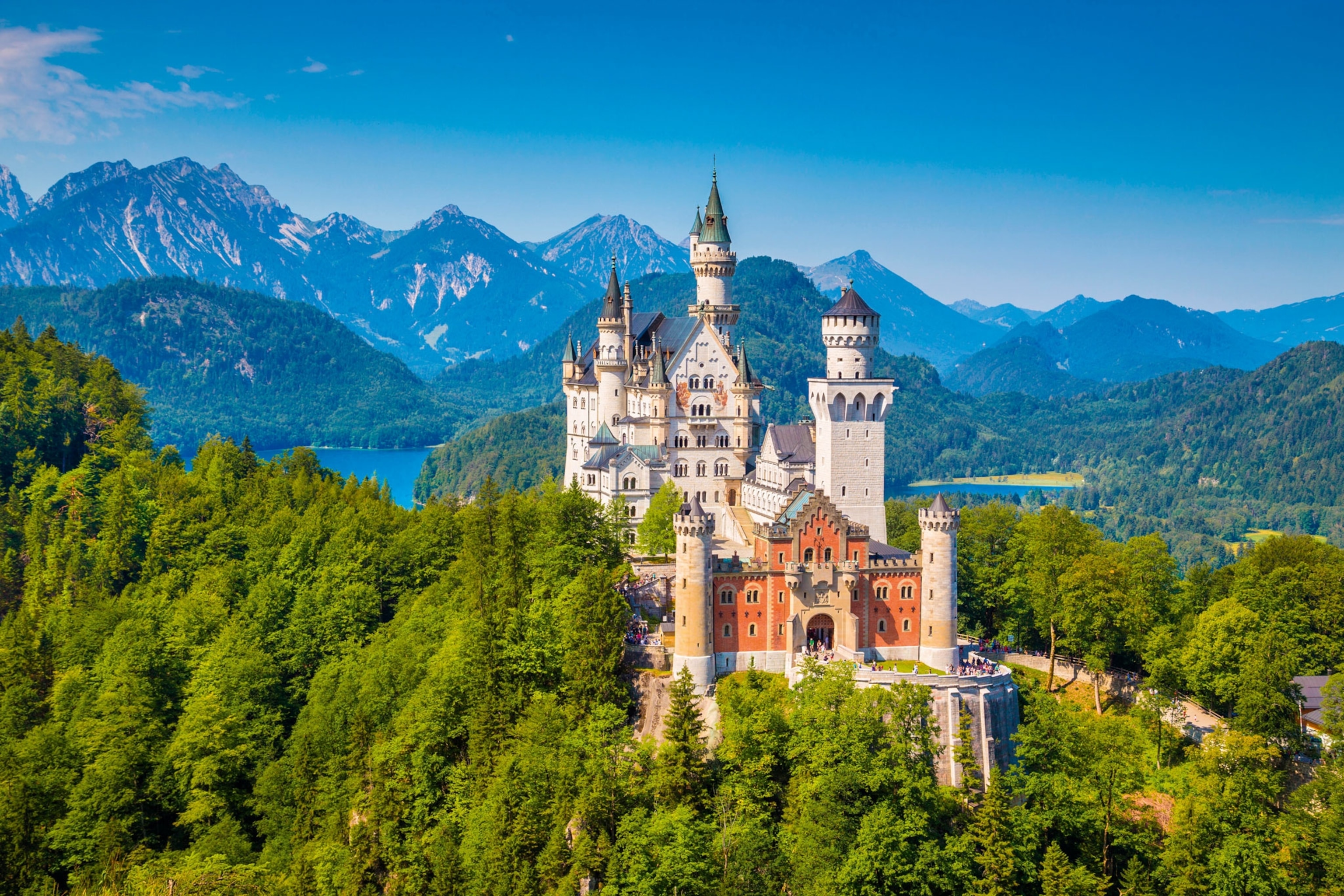
Winding south through town over the startlingly turquoise waters of the river Lech, it’s up into the mountains along a snaking path. Little chapels mark stations of the cross, offering both pause for breath and views back to Füssen’s palatial Benedictine monastery crenelated along the river. A spiritual hub for Middle Ages Bavaria, it’s now home to some of the state’s most impressive cultural treasures. But we turn our backs on gothic panel paintings, and the priceless medieval lutes that Füssen was once famed for crafting: the mountains are calling.
Onwards and upwards
An uphill climb arrives at Schwansee, an Alpine lake-idyll, landscaped as hunting grounds for Bavaria’s 19th-century royals. Surrounded by castle-jewelled peaks and meadows carpeted, in summer, with orchids, gentians and gladioli, it’s the natural world shaped to a swooningly romantic degree. There are discreet swimming platforms tucked into the lakeshore and a web of panoramic paths allowing the gentry to be at one with nature without getting their satin slippers too mucky. At a wooden kiosk, Apfelschorle and brezel (locally made apple soda and Bavarian pretzel) pass for a lakeside lunch, before we push upwards again through dense woodland, which finally gives way to the blinding turquoise expanse of lake Alpsee.
Here, nature is decidedly untamed — sheer forested slopes cradle the one-mile stretch of water haloed by jagged peaks. And yet, amid this wilderness, at every lakeshore bend the distinctive turrets of Neuschwanstein are revealed, the castle appearing to cling, if not hover on the cliffside. Back into the woods, half the day’s hike still ahead, we’re swiftly lost, app and map in some contradiction. Other hikers are scarce and those we do meet look horrified on hearing the distance ahead of us. Then it rains. Some eight miles of now-muddy ascents and descents later, night and clouds descending, we make it into a village where we manage to find a bus, the last of the day, to take us the final leg to Ehrwald. Wet and weary at the end of our first day hiking, we’ve made it across the border into Austria.
Stiff legs barely able to bend under the breakfast table the following morning at Hotel Urviech, our undertaking now seems daunting. Anecdotal evidence, gathered from hikers and locals over eggs from nearby farms, house-made yoghurt and Tyrolean muesli, suggests yesterday’s 13-mile leg is notorious for being near-impossible to cram into a day. So, armed with regional bus info, we set off again with a plan to wheel rather than walk when needed. The limited rural service makes this largely impractical, but hopping in with the luggage transfer to get a head start aids progress. One way or another, days proceed with mountain passes summited, rivers crossed and friendly herds of alpine cows communed with.

There’s little time to hang about, miles stretching ever ahead. Lakes strung between alpine peaks go by in a blaze of almost impossibly brilliant blue-green aquamarine; woodsmoke hangs in the air from hamlets hidden in the forested folds of mountains we don’t risk venturing off the path to explore. We encounter few people and even less signs of life beyond the distant rattle of logging trucks on mountain roads. Lunches of seeded rye bread with smoky Austrian speck and pungent mountain cheeses are packed from breakfast buffets, eaten on steeply sloped meadows. Ever present are views of Zugspitze, Germany’s tallest peak, a 9,718ft border mountain shared with Austria, its snow-dusted summit gradually overshadowed as we press onwards, and the Alps rise with more determination.
After overnighting in the comforts of castle Hotel Schloss, plans for a morning swim in lake Fernsteinsee are scuppered by the sudden arrival of winter. Under the cover of darkness, the peaks have unfurled their white caps into the valley, where icy mist and snow now blurs the forest-fringed lakes around the castle. The low light hasn’t dulled the hotel’s eye-bogglingly baroque interiors, which it describes as ‘a symbiosis of three époques, 12th, 14th and 19th centuries’. The aesthetic suggests a gilded Catholic altar has crashed into a chandelier shop. Dull light also hasn’t deterred a team of wet-suited divers bound for Fernsteinsee whose depths are accessible to hotel guests only, visible to some 260ft.
Above the clouds, the route rolls onwards bathed, mostly, in sunshine. The doors of Starkenberg brewery, set in yet another castle, are dashing distance during a sleet storm. Inside, beautiful art deco green-tiled shiny copper vats blend local hops with water from no less than 14 mountain springs. The resultant brews are offered up to taste as part of a tour and also, unexpectedly, to soak in. Starkenberg’s on-site ‘beer pools’ in former fermenting rooms make for a clinical-yet-bacchanalian spa experience, all Roman-style frescoes and institutional metal bathtubs.
Outside, the Gurgltal Valley’s patchwork of alpine meadows have defied the snows. At Hotel Gurgltaler Hof, we stop for a lunch of seasonal mushrooms served with cream and fist-sized dumplings. Over our plates, panoramic valley views remain autumnal, punctuated with golden hay bales and russet red autumn leaves. The pretty town of Imst spilling down slopes to the north, all onion-domed churches and slate-timbered roofs, is the next hotel stop, where a dish of lake fish turns out to be very ill-advised. After a clammy uphill hike the following morning, I just about manage to stagger into the hamlet of Köfels, where the kind innkeeper at Alpengasthof takes me in and doses me with a mountain herb tincture on a sugar lump, the local cure for a griping stomach.
The view from Köfels, hung on a balcony ridge in a vast forest of peaks, is one of the most spectacular yet. Not a bad place for some R&R. The rush of the Ötztaler Ache echoes up from the distant valley floor, a legendary alpine river where kayakers do battle with boulder-strewn white water. Otherwise, all is quiet in the heady oxygen-thin stillness of alpine altitude. Onwards, the route switchbacks to the Timmelsjoch pass and into Italy, but for now, sugar lump in hand, I’m simply content to soak it all in.
Macs Adventure offers an eight-day inn-to-inn trek from Bavaria in Germany to Italy’s South Tyrol via Austria (June-September) from £1,135 per person, including B&B, one dinner, route notes, maps, a navigation app, 24/7 assistance and one mid-trip transfer. Flights and other transfers not included. Though this walk is graded as moderate, it’s worth bearing in mind that it covers distances of 10-13 miles per day, with long ascents that average 2,635ft.
Need to know
1. There are a few places to stop for lunch en route, so pack a picnic and plenty of water
2. Carry the supplied printed maps, route details and app. Even when downloaded offline, the app can't be relied on entirely and can contradict hard copy info.
3. Kitchens in most restaurants en route close by 9pm, so time your day's walk accordingly.
4. The hike move swiftly from place to place. For time to rest weary legs and explore mountain towns, add additional nights to the itinerary.
5. Sharing a room with a walking companion? Note that 'twin' in Alpine Austria means two sets of single bedding/mattresses in a double bed frame, rather than two single beds.
Sign up to our newsletter and follow us on social media:
Facebook | Instagram | Twitter

